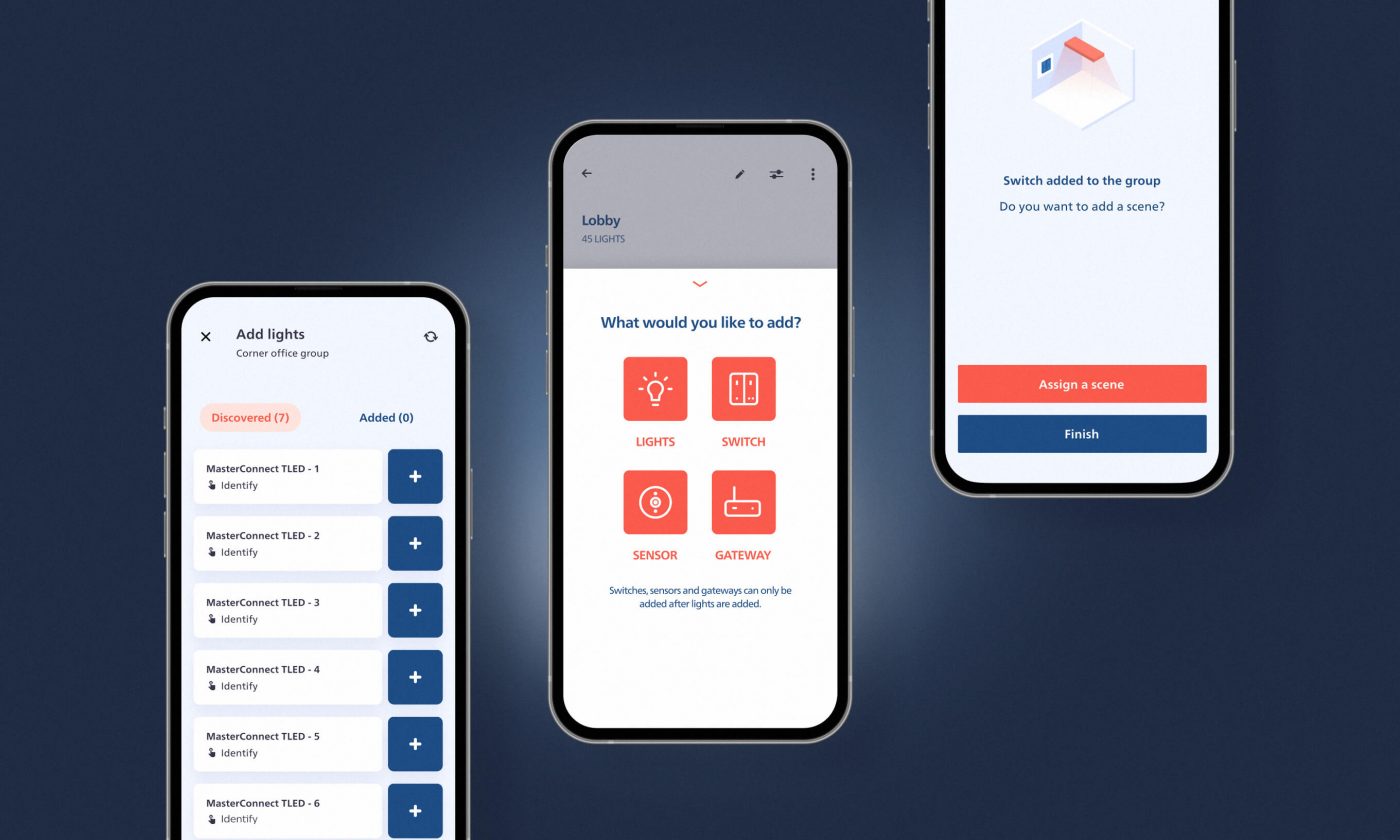Keeping users at the center of everything we do is a year-round principle, but in the spirit of the season, our UX team shares 10 New Year’s resolutions for creating amazing experiences in 2024 and beyond.
With December upon us, our thoughts turn to resolutions—the ways we can be better in the year to come. For us as an agency, that means constantly raising the bar for ourselves, our clients, our communities, our industry, our families, and our friends. For our UX team, whose job is to advocate for the end users, it means being an even stronger voice.
Our Purpose-Driven Design process, which guides the creation of experiences for our clients, was created to keep users at the center of everything we do. We know that if we’re not delivering on the expectations of our clients’ users, we aren’t doing our job. And we know that happy users are our clients’ loyal customers, service recommenders, and product influencers. And it just makes us happy to fill the world with better, easier, friendlier experiences.
With that in mind, we asked our UX team, who are based on both sides of the Atlantic, to share their top UX resolutions for the year to come. Below are the top 10 principles they’ve resolved to keep top of mind no matter what distractions and curveballs 2024 may throw.
1. Embrace humanity. Create experiences that delight and make life a bit easier.
Chris Bradshaw, Infinum’s Director of Strategy, puts it this way: “For me, it starts with human beings. Clients have many ideas and dreams, things they want to do and build. But they don’t necessarily have all the insights to know what the users want or the benefits they seek from a product or solution. That’s where we come in.” For Infinum, that means constantly engaging in the kind of fact-finding, insights-gathering research that will illuminate the wants and needs of our clients’ customers.
2. Dig deep for insights, even when you think you already have a great handle on them.
We’ve all been guilty of believing we have the answers when we don’t have all the information we need on hand. It could be a legacy bias within an organization, data that’s not kept up with the consumer, or a sample that wasn’t screened well enough.
Sometimes, we’re not even asking the right questions. We might think the house we’re trying to sell needs a paint job, when it’s really the aging plumbing that’s driving away buyers. Getting this right means digging deep.
3. Learn what the users want, what they don’t, and how we can best deliver for them.
There’s nothing like firsthand information. If you want to learn what customers want, go out and ask them. It’s not the only way to research, but it’s a critical piece of the puzzle if you want to deliver an experience that does what it’s meant to.
There can be pressure to rely on internal teams or third-party data, but we resolve to always strive to be the users’ sounding board. To do this well, we need to reach the right people and do our best to ask the right questions. This will be the star that lights the way to exceeding user expectations.
It often comes down to making the case for more time and investment in user research from our clients, which isn’t always easy, but in our experience, it always leads to better results for end users and the business overall.
SHANNON RUETSCH, HEAD OF EXPERIENCE DESIGN
4. Remember we’re building businesses, not products.
Of course, we always want to create amazing products. It’s what we do all day long, and it inspires us. But in many ways, the digital product is just a vessel for a company’s actual product – the earrings at the end of an e-commerce purchase, the comedy streaming through a mobile viewport, the donations made to a favorite charity.
Yes, we want to make easy-navigation, beautiful animations, and intuitive interaction points. But we do it to make our clients’ businesses successful through happy customers.
5. Let data guide us past any biases.
One of our favorite principles of Purpose-Driven Design is “You can’t guess your way to credibility.” You need to work with facts, supported by evidence and data. The best thing about data is that, unlike opinions, it is based on what’s actually happening versus what’s said to be happening. (And it’s harder to argue with, which can speed up internal meetings!)
This allows business owners to stand back and really see what users experience and how they act. Data can help ensure that “the way it has always been done” does not get in the way of important improvements necessary to grow a business.
6. Remember accessibility. Be mindful of creating experiences that honor different abilities.
Not everyone can experience digital products the same way. Various users have an extremely wide array of capabilities. Not only do they approach the product with different experiences and preferences, but some have visual or auditory impairments and other cognitive and neurological disabilities that need to be considered in any digital build.
Our resolution is to take care and create experiences that accommodate and encourage the broadest participation possible.
7. Personalize — but also protect privacy.
When it makes sense, personalizing experiences can be very powerful. But users care about their privacy and guard it fiercely.
Balancing the two is always a fine line. What makes something fascinating or a cut above the competition can be the very thing that causes discomfort or draws criticism. (How does it know that about me!?!) Understanding how new technologies or changes to an existing platform can generate new pain points is smart business. There are ways to bring customization and delight that don’t impinge on users’ privacy, and we resolve to always honor this principle.
8. How fast can we learn together?
“We want to work together and train and work with our clients,” says Chris, “because when we can learn together, we get a faster result.”
It is good business to respect and make the greatest use of the skills that both client and agency bring to the table. When the partnership is based on the transparent exchange of ideas, insights are easier to come by, exceptional features come to light faster, and businesses get built on more solid ground.
9. Make sure stakeholders understand and agree on the outcomes of the research.
Once research is complete, there is understandably great urgency to move quickly into action. But taking the time to be sure that the client and the agency are on the same page – and interpret the outcomes in the same way – is critical.
Not all research is of the same quality. And some research requires asking even more questions – either to validate the findings or elaborate further on them. Collaboratively identifying which outcomes are important and taking the time to agree on solutions is a best practice.
We’ll make sure the data justifies our plans and validates them before we move on to the next phase of the project.
10. Communicate the goals of every project clearly.
“On many projects, everyone thinks they understand the goal, but because it isn’t explicitly written out and circulated, there is room for misinterpretation,” says Kerrin Whipple, Senior UX Designer. “The ‘why’ is getting lost.”
When teams of people (whose value is that they bring different skills and perspectives to a project) come together, it is reasonable that they might not speak the same language. Taking the time and having the patience to really listen and thoughtfully document projects, goals, and strategies is the foundation of productive and exciting work.
Fostering exceptional experiences – in 2024 and always
With these resolutions in mind, let’s move into 2024 with a renewed purpose. Together, we can generate thoughtful and innovative experiences that move our users, meet their needs, and exceed their expectations. It’s the key to priming businesses to grow and flourish in the New Year – and for years to come.










